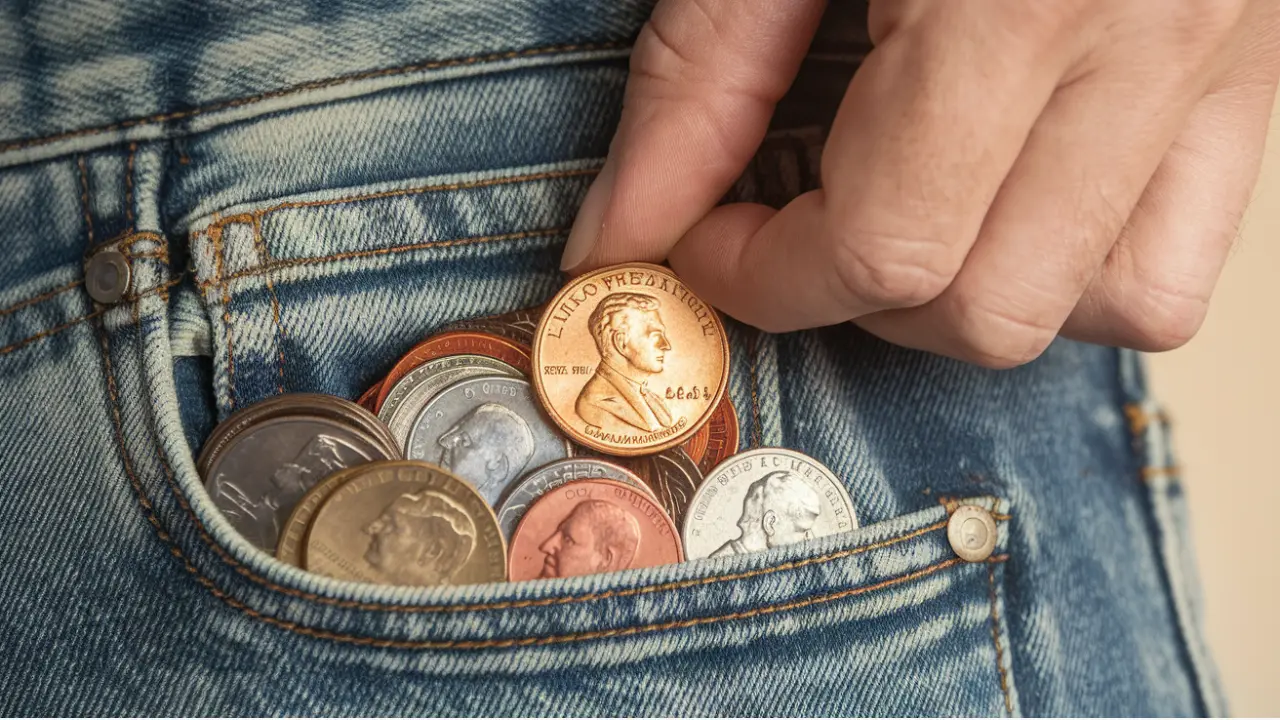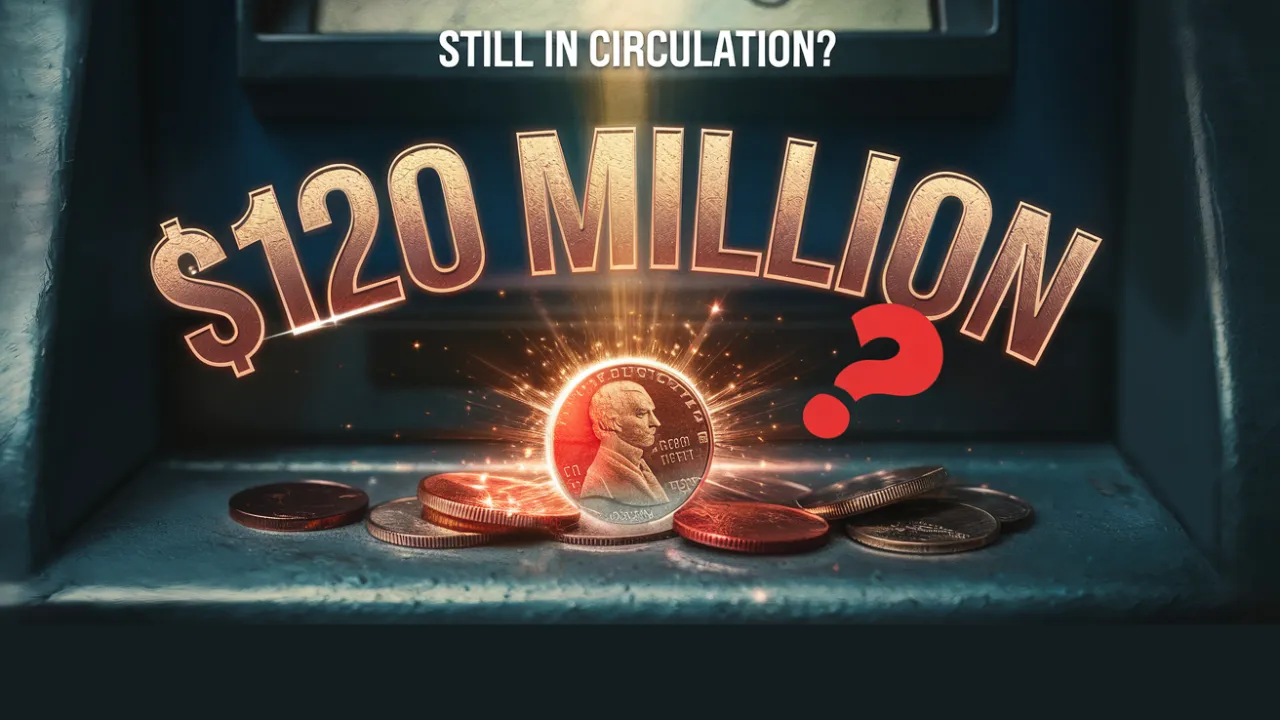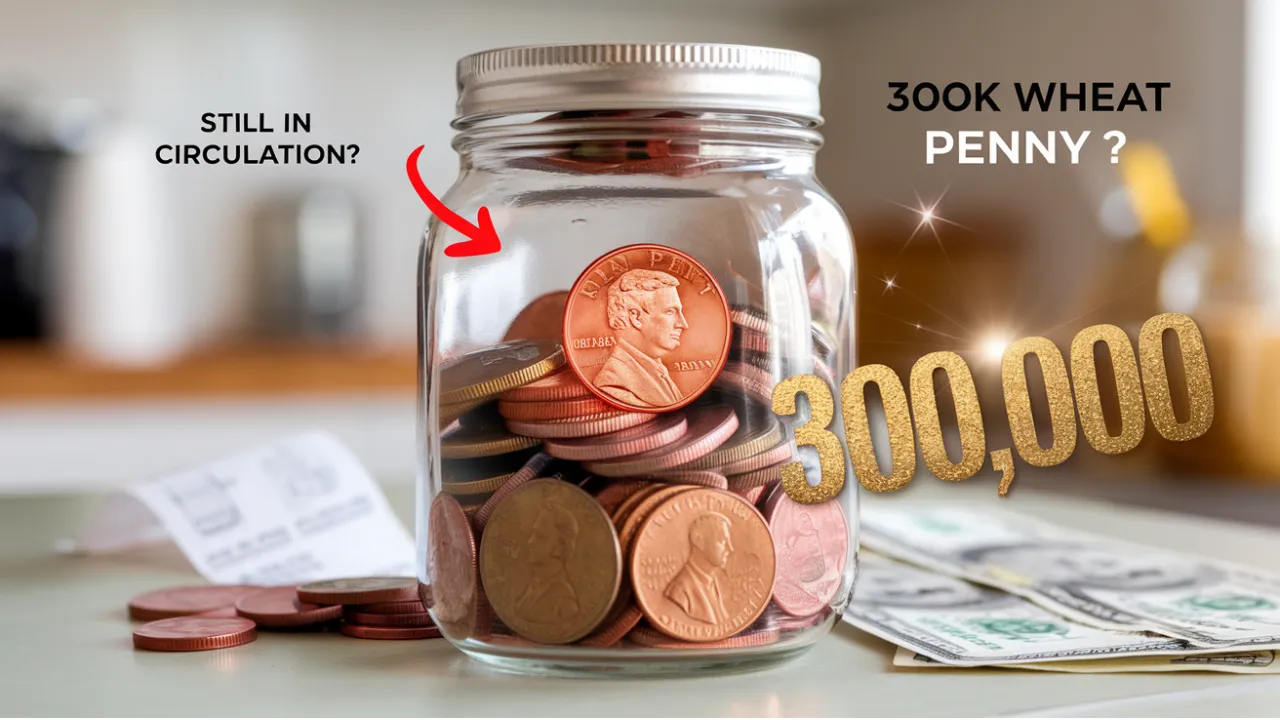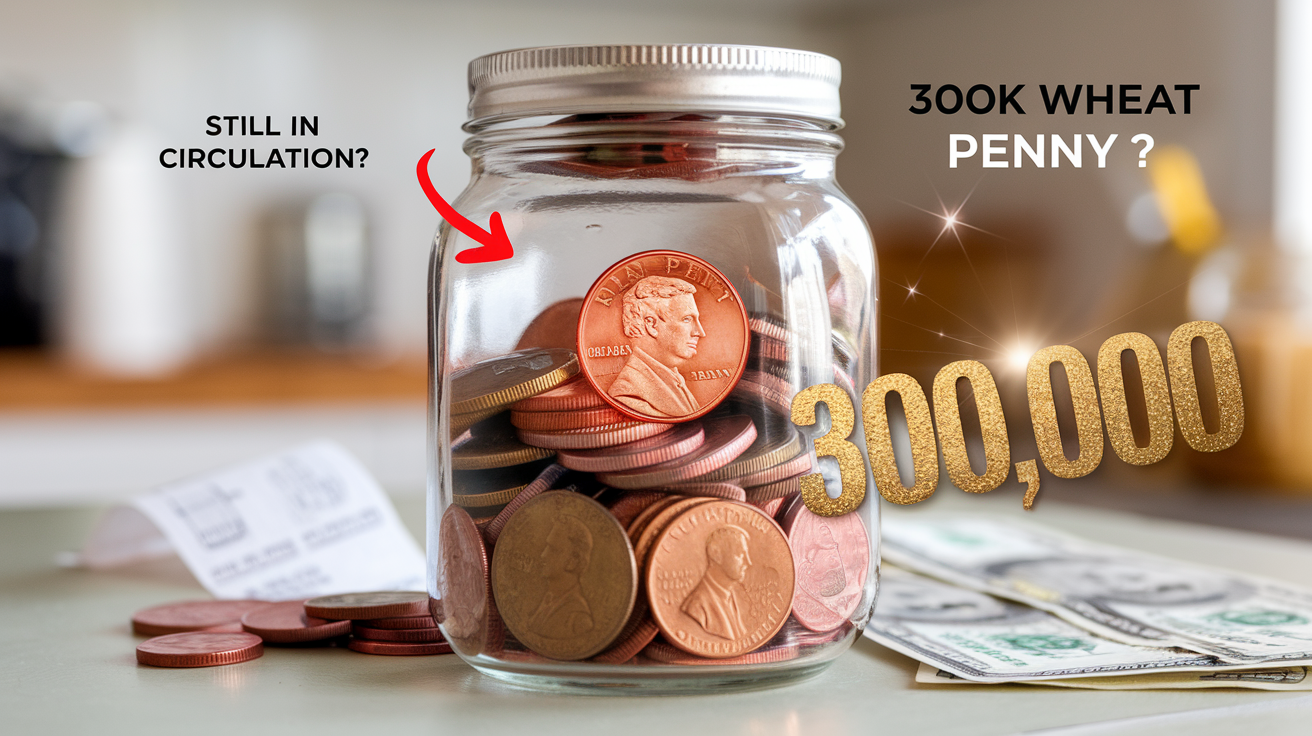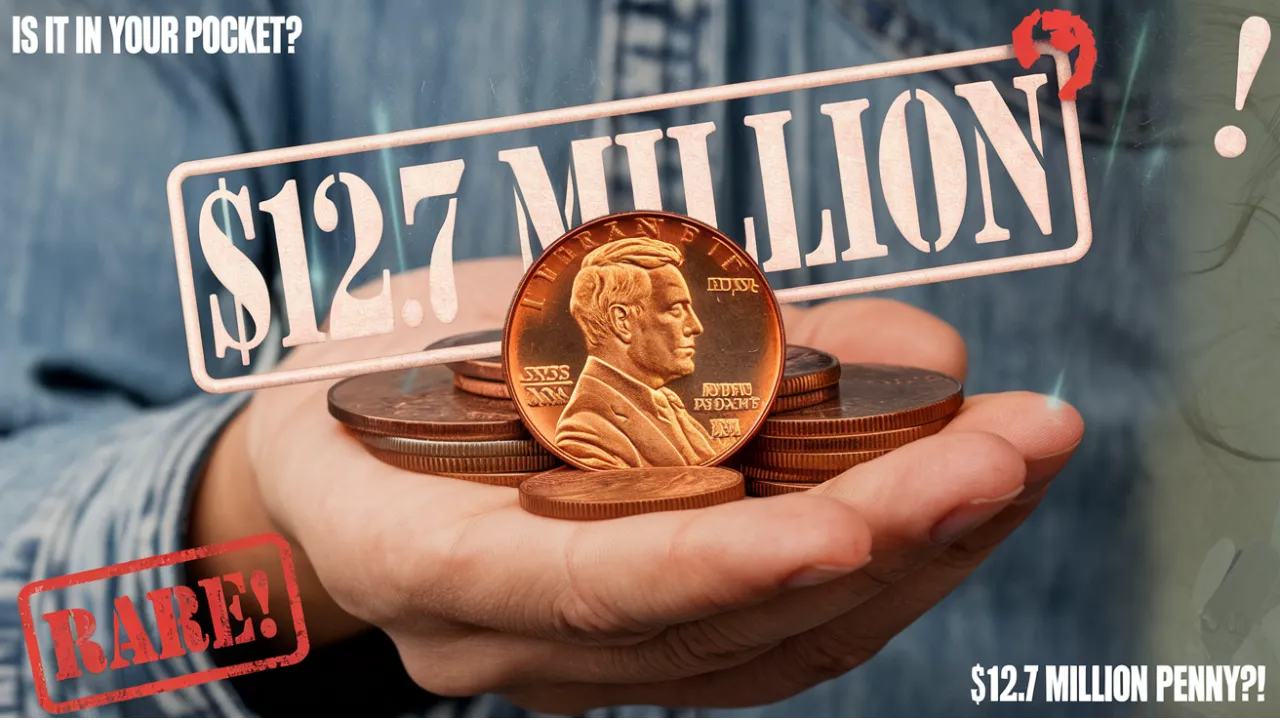Lincoln Wheat Penny Value: What if a penny in your pocket could change your life? The Lincoln Wheat Penny, a coin you’ve likely overlooked, may hold extraordinary value. Among these historic pennies, one rare specimen has been valued at an astounding $4 million. Yes, a single penny!
This article will uncover what makes the Lincoln Wheat Penny so special, why some are worth a fortune, and how to identify valuable varieties that may be hiding in plain sight. If you’ve ever been curious about coin collecting or just want to check your spare change for hidden treasures, this guide is for you.
Overview of the Lincoln Wheat Penny
| Feature | Details |
| Introduced | 1909, to honor Abraham Lincoln’s 100th birthday |
| Designer | Victor David Brenner |
| Design | Lincoln’s profile on the front; two wheat stalks on the back |
| Minted Until | 1958 |
| Rare Varieties | 1909-S VDB, 1943 copper, error coins |
| Determining Value | Rarity, condition, mint mark, historical significance |
| Preservation Tip | Never clean coins; store in proper protective holders |
The Birth of the Lincoln Wheat Penny
The Lincoln Wheat Penny debuted in 1909, marking a turning point in American coinage. It was the first U.S. coin to feature a real historical figure instead of the traditional Lady Liberty. Created by sculptor Victor David Brenner, the design was both artistic and symbolic.
On the front, Abraham Lincoln’s profile honors his legacy as one of America’s greatest leaders, while the reverse side features two wheat stalks, symbolizing prosperity and agricultural strength. This design stayed in circulation for nearly 50 years, creating billions of coins and generations of collectors.
The $4 Million Penny: Why So Valuable?
What makes one Lincoln Wheat Penny value reach $4 million while others are worth just a few cents? It comes down to a mix of factors, including rarity, condition, and historical importance.
The $4 million Lincoln Wheat Penny is a unique example of near-perfection. Most pennies from the era were handled heavily, causing wear and tear. This particular coin, however, has remained in pristine condition with its original mint luster intact. Such coins are exceedingly rare, and collectors are willing to pay top dollar for them.
Rare Lincoln Wheat Pennies to Watch For
While not every Lincoln Wheat Penny will make you rich, several varieties are highly sought after by collectors. Here’s what to look for:
1. 1909-S VDB Penny
- Minted in San Francisco, only 484,000 of these coins were produced before public backlash led to the removal of Victor David Brenner’s initials (VDB) on the reverse.
- Its low mintage makes it one of the most coveted Lincoln Wheat Pennies.
2. 1943 Copper Penny
- During World War II, the U.S. Mint replaced copper with steel for pennies to conserve materials for the war effort.
- However, a small number of copper blanks from 1942 accidentally made their way into the 1943 production, creating one of the rarest error coins.
3. Error Coins
- Look for pennies with doubled dies (where parts of the design appear doubled), off-center strikes, or die cracks. These mistakes are highly prized by collectors.
Tips for Spotting Valuable Pennies
Finding a valuable Lincoln Wheat Penny takes a bit of knowledge and patience. Here’s how to get started:
- Check the Date: Coins from the early 1900s, especially those minted before 1934, are worth a closer look.
- Inspect the Mint Mark: The mint mark appears below the date and indicates where the coin was produced (e.g., “D” for Denver or “S” for San Francisco).
- Look for Errors: Use a magnifying glass to check for unique features like doubled letters or off-center designs.
- Condition Is Key: Coins with sharp details, minimal wear, and original coloring are more valuable.
Why These Treasures Are Still in Circulation
You might wonder how rare coins like the Lincoln Wheat Penny can still show up in circulation. The answer lies in the massive production numbers—billions of Lincoln Wheat Pennies were minted between 1909 and 1958.
Over the years, many have been forgotten in piggy banks, jars, and old collections. Occasionally, these coins make their way back into circulation through estate sales, inheritances, or simple oversight.
Preserving Your Coins: What You Need to Know
If you’re lucky enough to find a valuable Lincoln Wheat Penny, preservation is crucial to maintain its worth. Here are a few guidelines:
- Avoid Cleaning: Cleaning can strip a coin of its natural patina and reduce its value significantly.
- Handle Carefully: Always hold coins by their edges to avoid leaving fingerprints or oils on the surface.
- Store Properly: Use coin holders, airtight containers, or albums designed for coin storage to protect against environmental damage.
The Joy of Hunting for Pennies
Even if you don’t find a $4 million penny, hunting for Lincoln Wheat Pennies can be incredibly rewarding. Each coin tells a story, whether it’s a rare error, a connection to a historical event, or simply the craftsmanship of an earlier era.
Every penny you inspect is a tiny piece of history waiting to be uncovered. Searching through old change, flea markets, or coin collections can be a fun and educational activity for anyone interested in the past.
FAQs
1. How can I tell if my Lincoln Wheat Penny is valuable?
Check for rare dates, mint marks, and errors. Coins in excellent condition are generally more valuable.
2. What is the most expensive Lincoln Wheat Penny ever sold?
A 1943 copper penny sold for $1.7 million, but the $4 million valuation belongs to a pristine, unique specimen.
3. Should I clean my coins to improve their appearance?
No, cleaning coins can decrease their value by removing the natural patina that collectors prize.
4. Where can I sell rare Lincoln Wheat Pennies?
You can sell them through auction houses, coin dealers, or online marketplaces like eBay.
5. Are all Lincoln Wheat Pennies worth money?
While many are worth only their face value, some rare varieties and coins in exceptional condition can fetch hundreds or even millions of dollars.
Final Thoughts
The Lincoln Wheat Penny value goes beyond its monetary worth. These coins are a snapshot of American history, connecting us to the past through their stories and artistry. Whether you’re a seasoned collector or a beginner, searching for these treasures can be a thrilling and educational experience.
So, the next time you receive change, take a moment to inspect your pennies. Who knows? You might just discover a small fortune hiding in plain sight. Share your penny-hunting adventures in the comments—we’d love to hear what you find!
